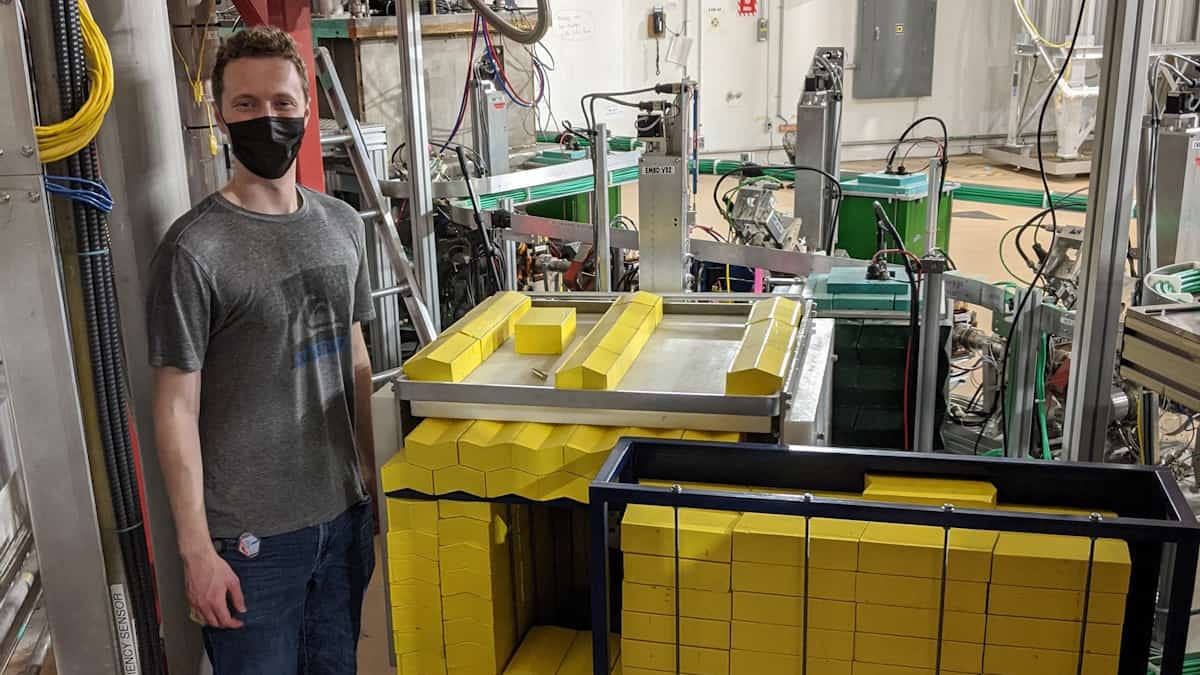Elon Musk-owned SpaceX has launched another 48 Starlink Internet satellites into orbit. A Falcon 9 rocket lifted off from Florida, US, on March 9 and helped place the small satellites a little later. The rocket’s first stage then returned to Earth for a smooth touchdown on a SpaceX drone ship stationed in the Atlantic Ocean. It was the 10th launch by SpaceX in 10 weeks, with each carrying a similar number of satellites. SpaceX has said that the idea behind placing these satellites is to provide low latency high-speed broadband Internet in areas where the connectivity is unreliable or completely unavailable.
Together, these satellites form a large constellation called Starlink in low-Earth orbit. SpaceX has already placed more than 2,000 such satellites. Many more are likely to be placed later this year. SpaceX has permission to place up to 12,000 Starlink satellites.
“Another 48 Starlinks just reached orbit,” Musk tweeted, sharing a video of the launch.
While Musk is billing Starlink as a project to bring the whole world online, his ambition raises the question of space congestion and increasing orbital debris. SpaceX has already sought approval to launch 30,000 satellites for a second-generation constellation.
Most of SpaceX’s launches have been carried out using the Falcon 9 rocket, the world’s first orbital-class rocket capable of re-flight. The rocket made its first test flight in June 2010. Reusing Falcon 9 helps SpaceX lower the cost of launches and offer options to companies wanting to gain access to space.
However, the project has suffered some setbacks recently. Last month, SpaceX lost nearly an entire batch of Starlink satellites because of a geomagnetic storm that caused dozens of these satellites to fall from space and burn up in Earth’s atmosphere upon re-entry. These storms cause the atmosphere to warm up and increases the atmospheric density around low-deployment altitudes. To avoid such incidents in future, SpaceX has increased its deployment altitudes.






